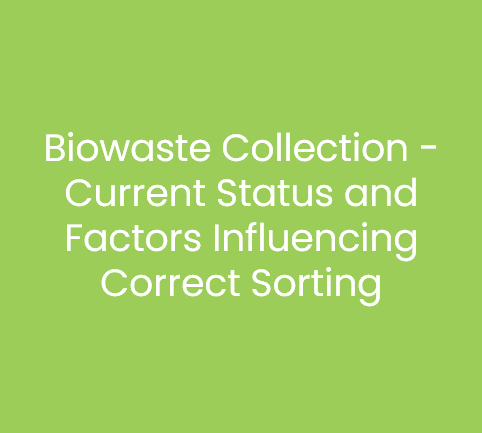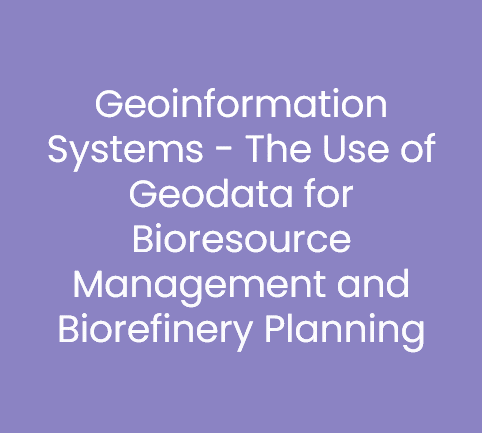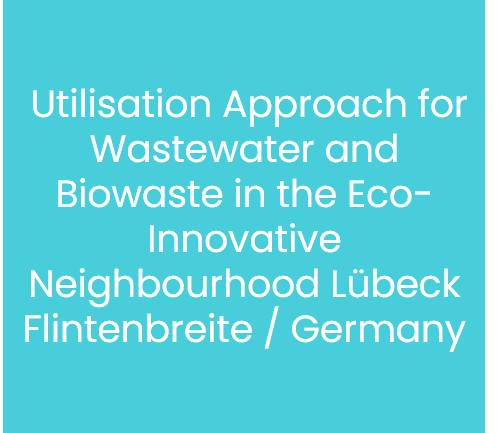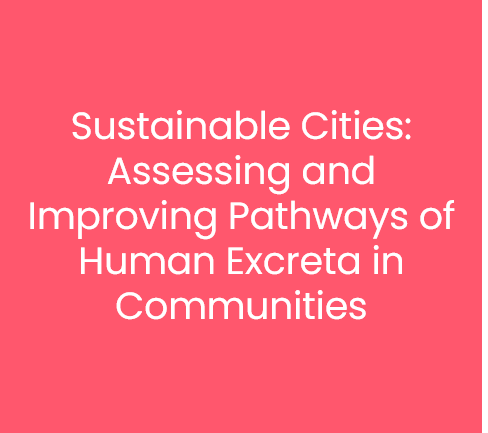- Use all learning features, such as tests, quizzes and surveys.
- You can write posts and exchange ideas in our forums.
- We will confirm your participation in some courses.
Lectures for Future
Topic outline
-
The UN Sustainable Development Goal 11 "Sustainable Cities and Communities" aims to make them safe, resilient and sustainable. On the one hand, cities and communities are huge consumers. Bioresources are used for food and feed, a wide range of substantial products and partly also for energy. On the other hand, cities and communities are also bioresource producers, because all consumption involves the generation of a variety of residues. For a sustainable region, residues must be managed sustainably on a regional basis. This is currently only rudimentarily the case. However, biogenic residues such as food waste, pruning residues from park and roadside trees or human excrements have a large valorisation potential. They can be used to generate a variety of products that are needed in cities and communities and that are currently produced from fossil resources, for example. These urban bioresources must therefore find their way into sustainable valorisation paths. At present, however, they are often more of a nuisance, a polluter, and a cost factor.
The "Lectures for Future" series on "Sustainable Urban Bioresource Management" gives impressions of the current status and improved practices for a selection of bioresource types. One example includes the collection of domestic biowaste. A neighbourhood-based system is presented, with which food waste can be collected in a good quality and with a high degree of skimming. The food waste is then transported with e-cargo systems for decentralised valorisation. Furthermore, a method is presented, with which one can create local bioresource cadastres based on geographic information systems and use them to plan regional biorefinery systems. Additionally, a combined approach for the joint use of kitchen waste and toilet wastewater directly in the city quarter is presented using the example of Lübeck-Flintenbreite.
And finally, the current pathways for human excreta are presented with special consideration of the pollutant and valuable substance nitrogen for the EU. Here too, examples of sustainable pathways are shown and synergies with other sustainability goals are discussed.







